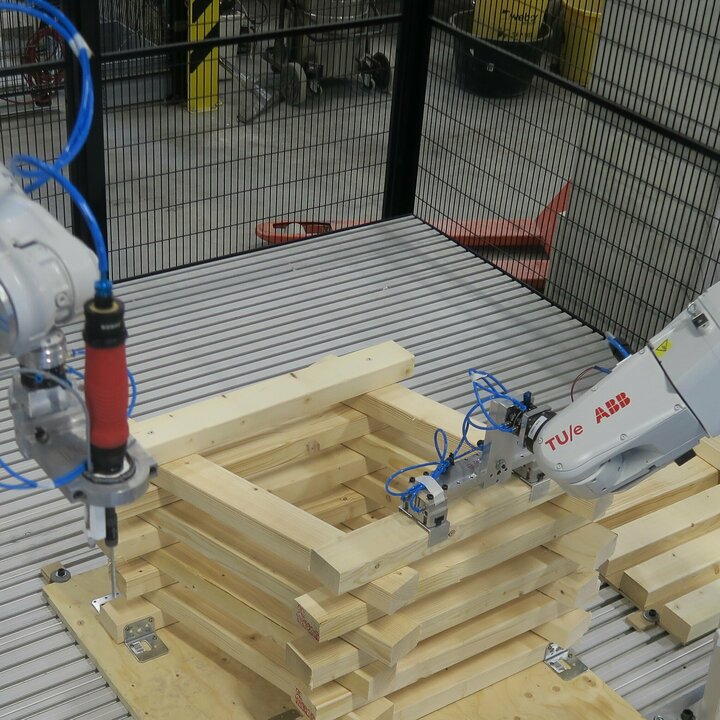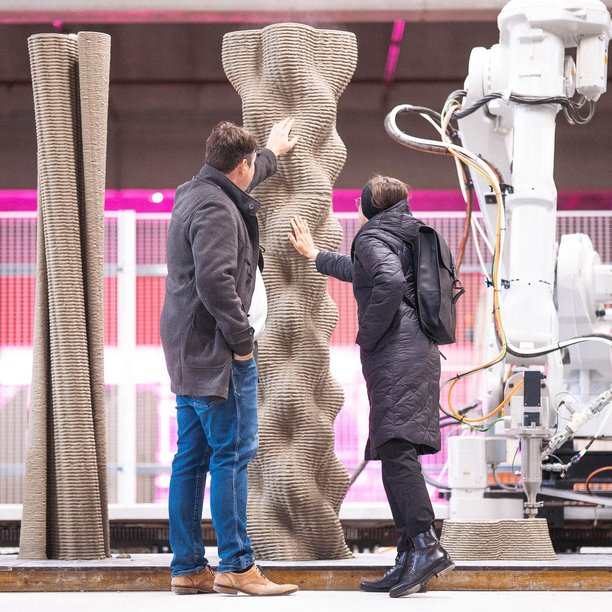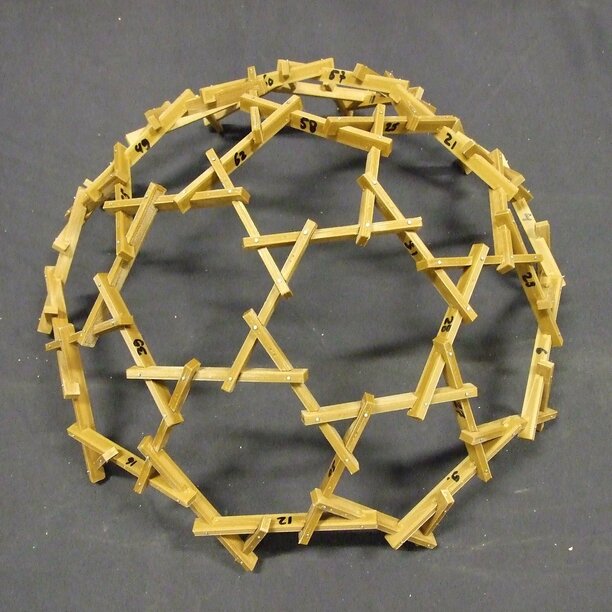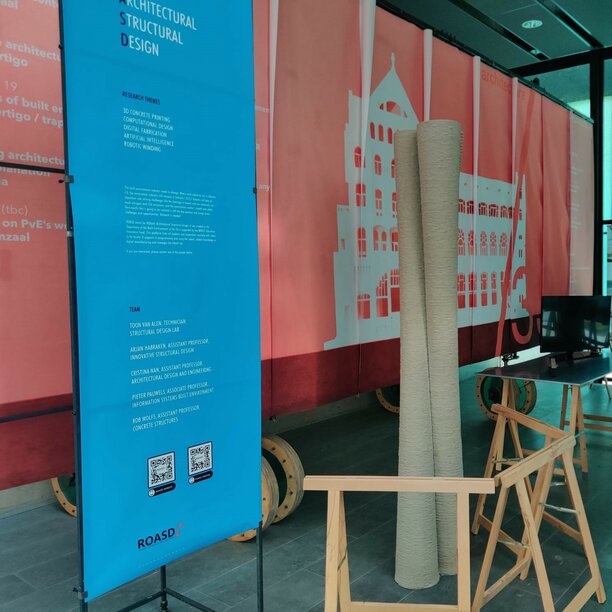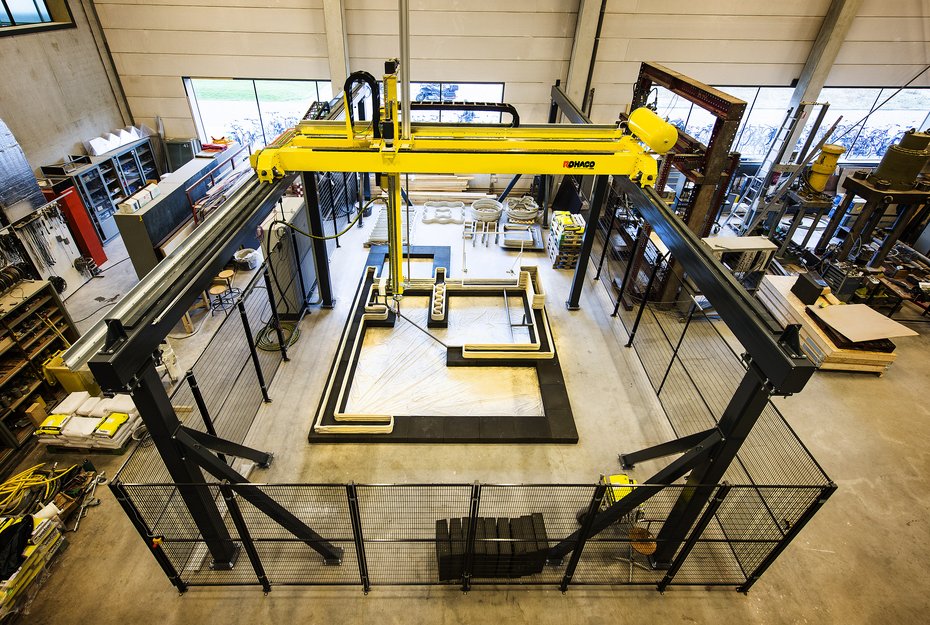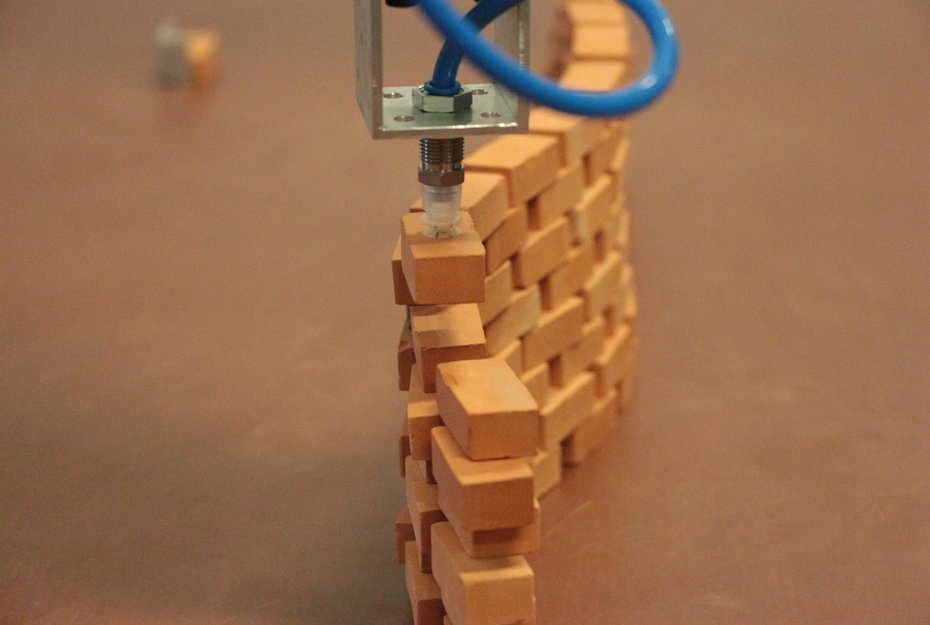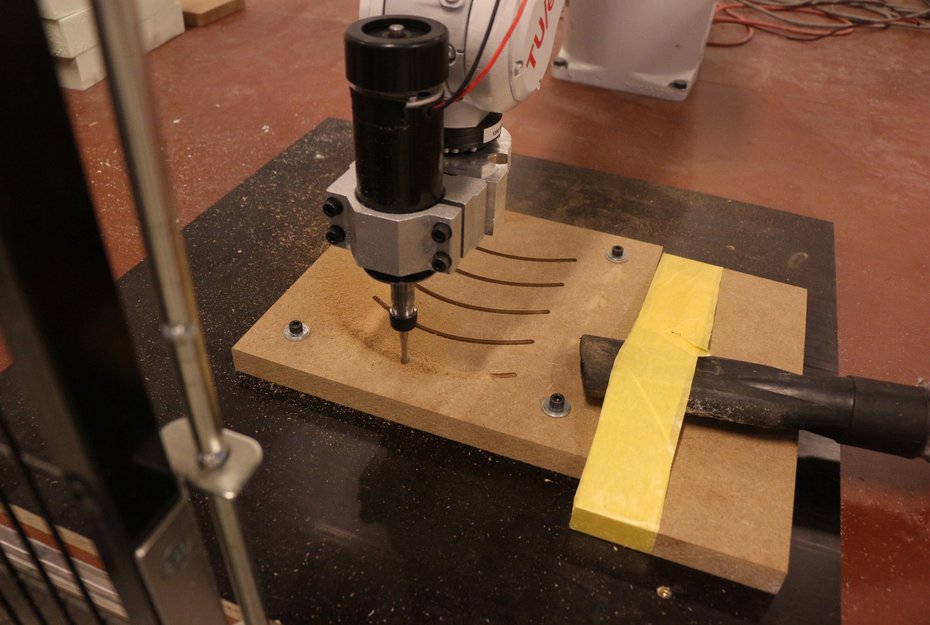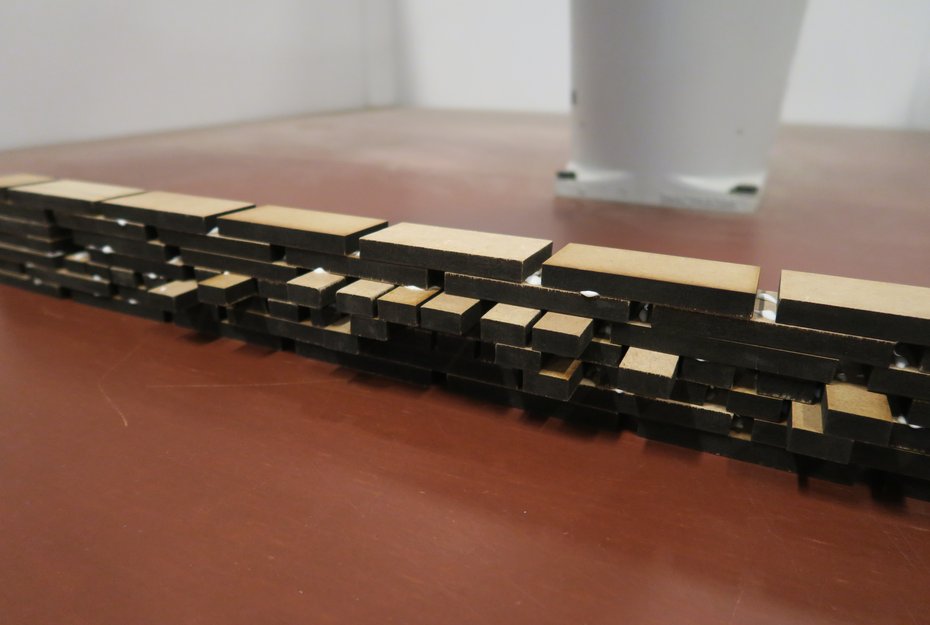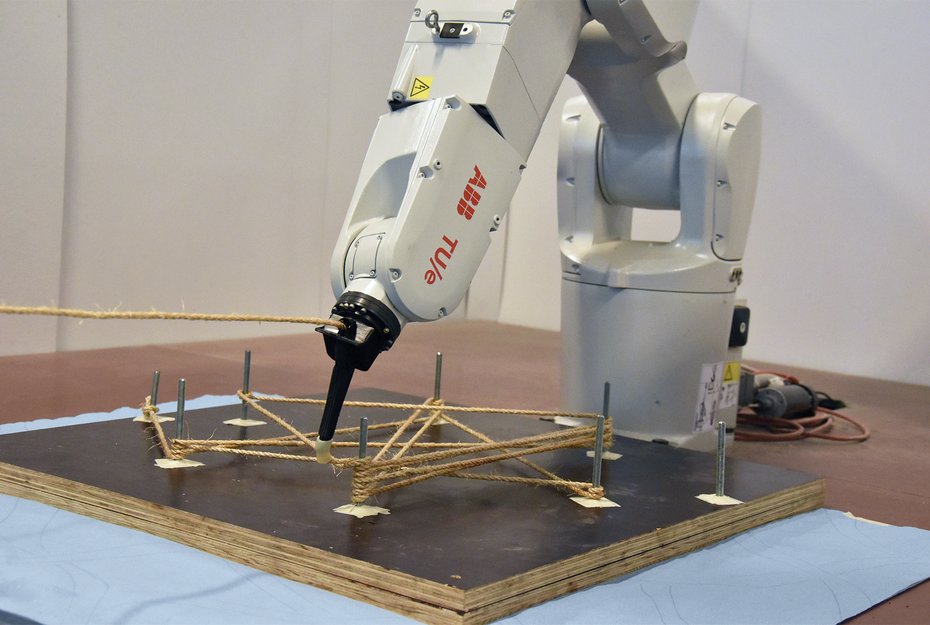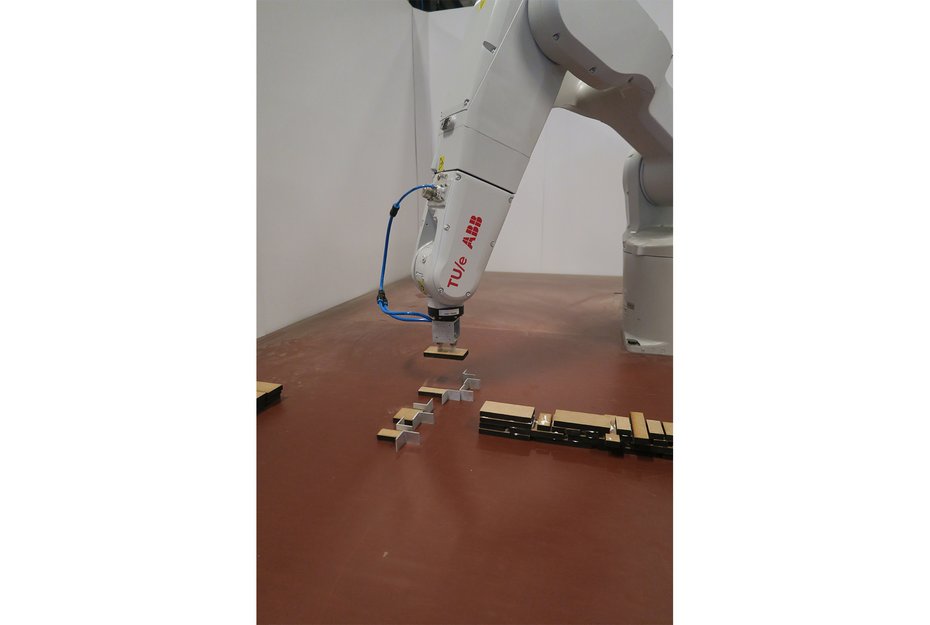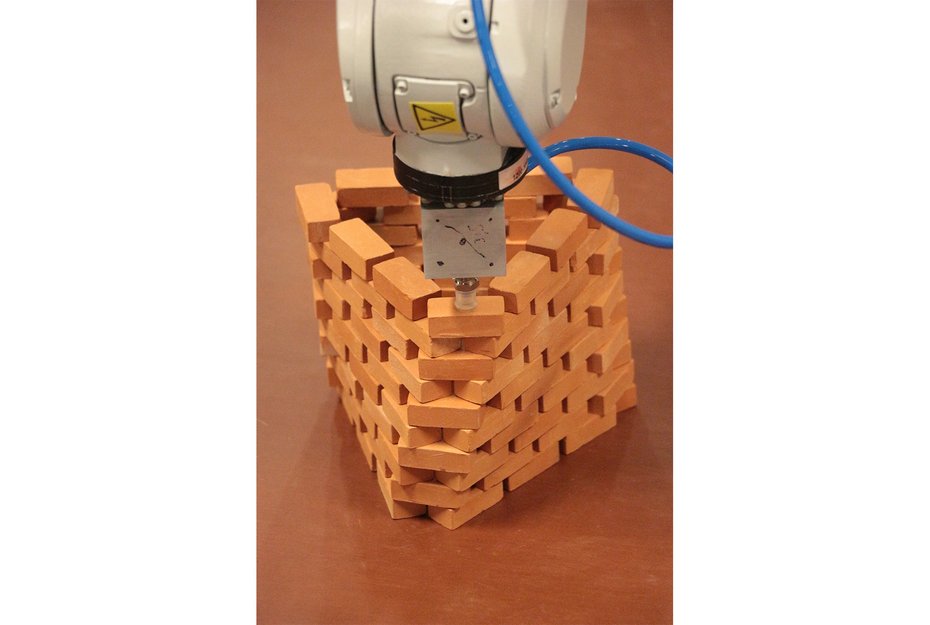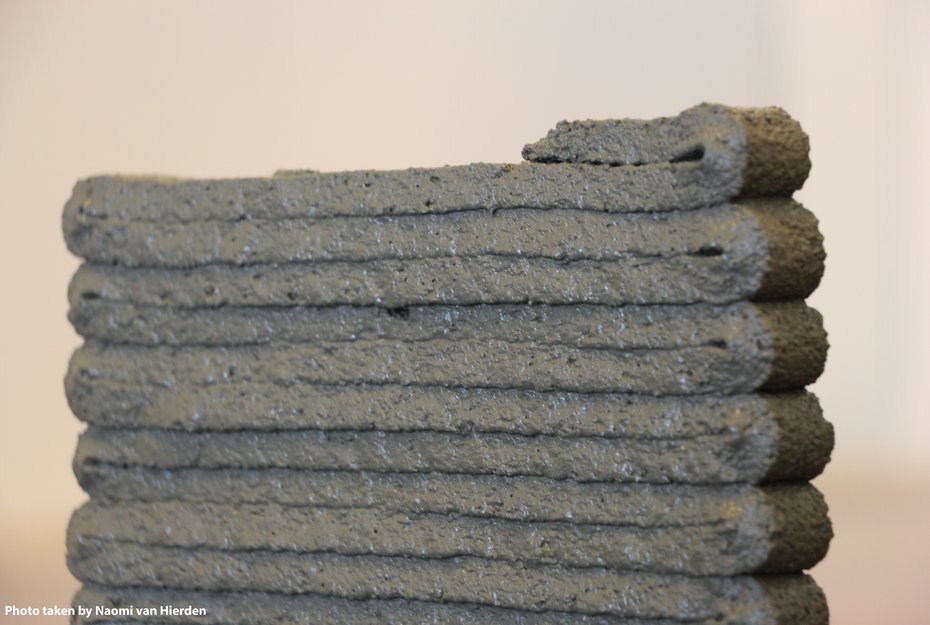RESEARCHING ROBOTIC IMPLEMENTATION IN AN INDUSTRY 4.0 BUILT ENVIRONMENT
ROASD focuses on exploring the potential of Industry 4.0 in the built environment. As the construction
industry undergoes a digital transformation, we are dedicated to investigating the ways in which advanced
technologies such as robotics and digital manufacturing can be effectively implemented to address various
challenges faced by the industry. Through our research, we aim to provide valuable insights and
recommendations for the successful integration of Industry 4.0 in the built environment, ultimately paving
the way for a smarter, safer, and more sustainable future.
To achieve this goal, our research group brings together experts from various disciplines, including
engineering, architecture, and computer science. We utilize a variety of research methods, including
literature reviews, case studies, simulations, and practical experiments, to thoroughly examine the potential
impacts and implications of implementing robotics in the built environment industry. By combining
interdisciplinary expertise and diverse research approaches, including hands-on experimentation, we aim to
provide a comprehensive and nuanced understanding of the opportunities and challenges posed by robotic
implementation in the built environment.
